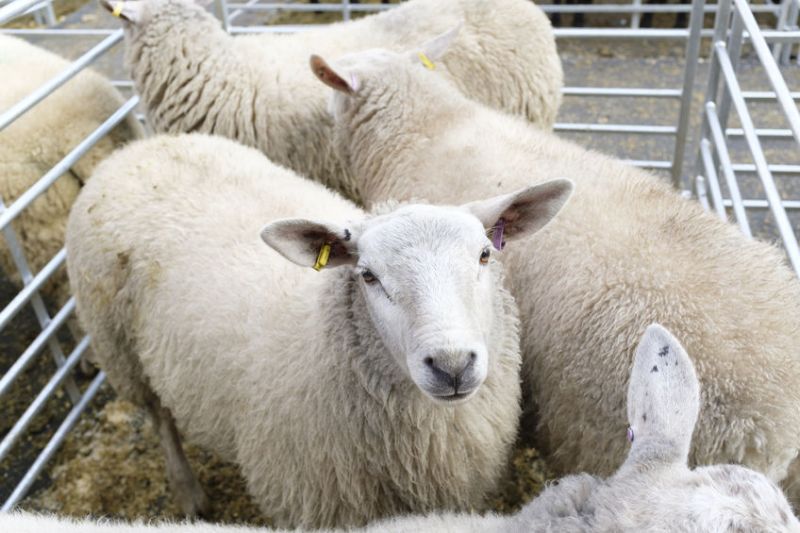
Animal welfare is of 'paramount importance and high priority' in UK livestock markets, according to an extensive survey by a charity.
The aim of the survey was to evaluate current welfare provisions, identify any areas of concern and to recommend future improvements.
Twenty-four livestock markets across England and Wales were visited by the Humane Slaughter Association (HSA).
The independent survey's findings have revealed largely positive results.
All markets visited were members of the Red Tractor Assurance Scheme and all were working to an animal welfare policy.
Further safeguards witnessed included CCTV, training and development. Major improvements and developments in desired features were also recorded.
The report highlights the developments and improvements in management procedures, handling equipment and infrastructure which have taken place since the previous survey.
Improvements in facilities have been recorded in multiple zones across the markets for both cattle and sheep species.
The survey reports a 64% increase in protection from jumping injuries for adult cattle in unloading pens, and 57% for sheep in comparison to the 2005-7 figures.
Similarly, protection increased at gateways (21% cattle and 29% sheep) and with general penning, with a 32% increase with adult cattle and 46% with sheep.
More vehicle reception areas are escape proof for both adult cattle (18% increase) and sheep (21%).
Improvements were also recorded in the absence of bruising and contact points in unloading pens, gangways and grading/sorting/ID areas.
This has included improvements to aspects relating to human safety, including raised platforms in cattle grading/weighing/ID sections, with gates controlled from above the animals, rather than at floor level. The presence of these features increased by 17%.
Sheep facilities have improved with the addition of drafting gates, a 15% increase, making sorting the animals easier and reducing the stress for both animals and staff.
Aside from the facilities and features, all the markets in the survey are part of the Red Tractor Assurance Scheme.
The scheme has an animal welfare policy, implemented by written supporting documents, which includes training records and procedures for dealing with emergency situations such as escapees and injured or infirm animals being delivered to the market.
Crucially, the future of animal welfare in livestock markets is being further safeguarded with the introduction of additional safety and security measures, alongside dedicated training and development procedures.
Examples include the introduction of the ‘Safe Hands’ Master Drovers Programme, developed by Animal-I at the request of LAA, in co-operation with AHDB.
The drover training modules provide a series of units covering handling, animal welfare, health and safety and market requirements, enhancing existing practices.
Technology is also playing its part, with 50% of the markets in the survey using CCTV coverage in animal areas as part of their commitment to animal welfare and to enhance security.
Chris Dodds, executive secretary of the Livestock Auctioneers Association (LAA), said the study 'clearly demonstrates' the high priority given to both animal welfare, but also the safety and security of staff and visitors to livestock markets.
“At a time when the entire livestock industry is facing false and misleading claims in terms of sustainability, traceability and welfare, we are pleased that this independent research demonstrates that we are maintaining best practice and enhancing quality and safety standards,” he said.
Commissioned by the Livestock Auctioneers Association (LAA), in collaboration with RSPCA, the independent survey covered a representative sample of 24 livestock markets across England and Wales.
